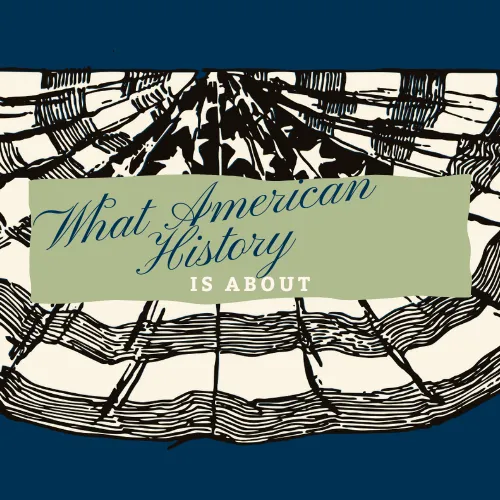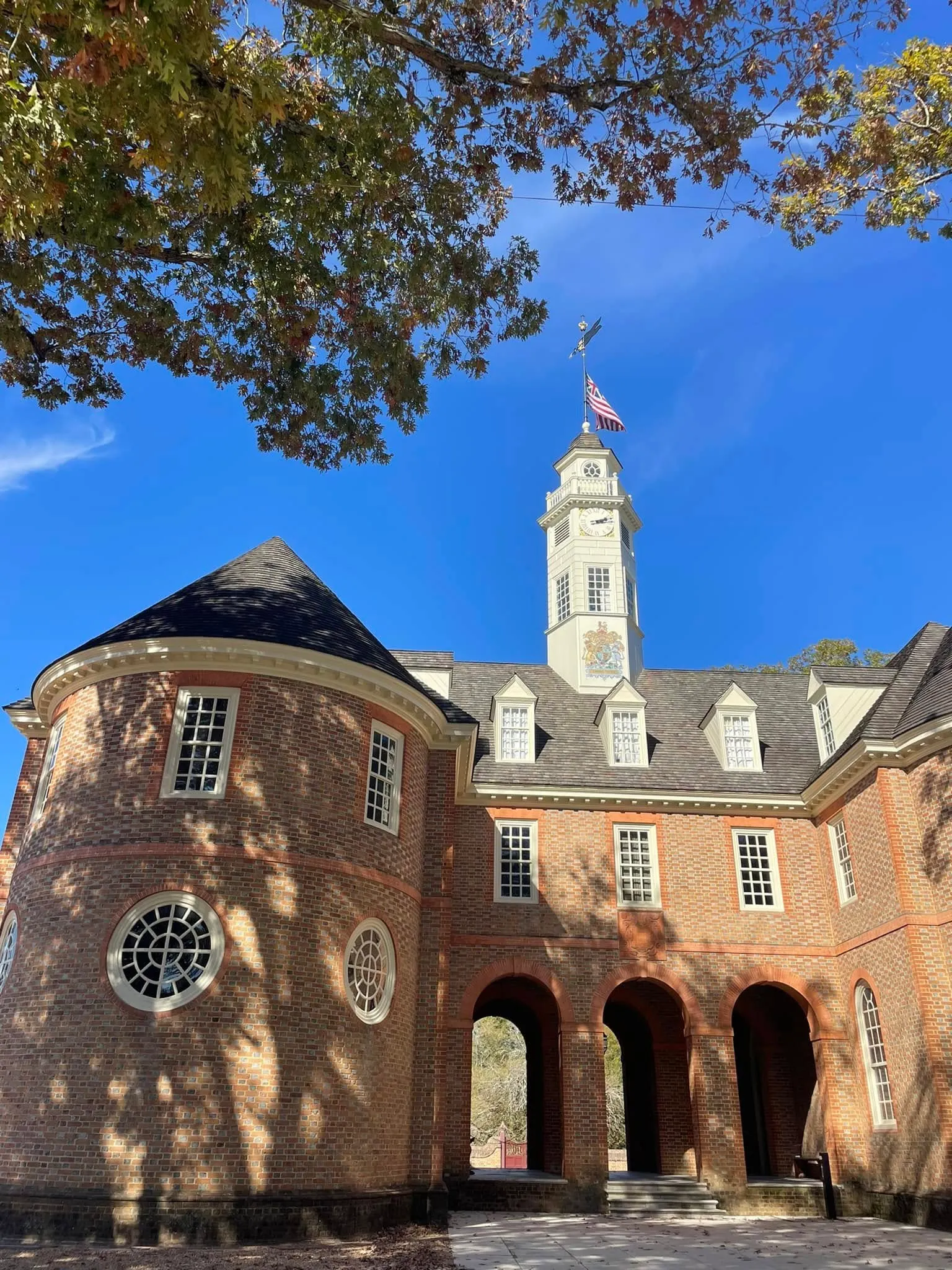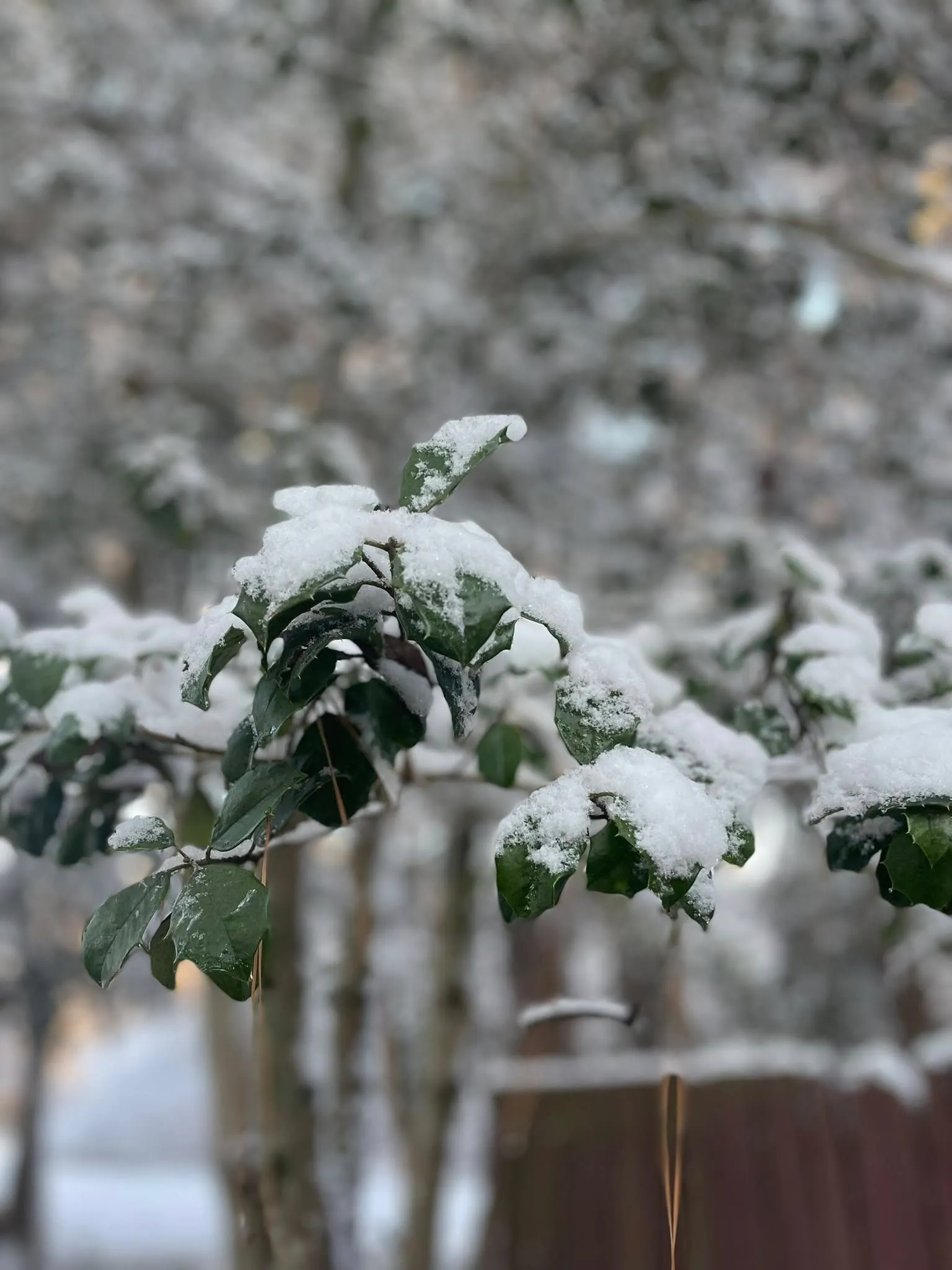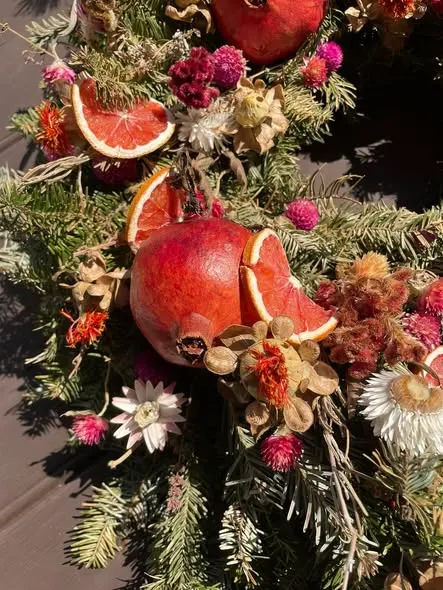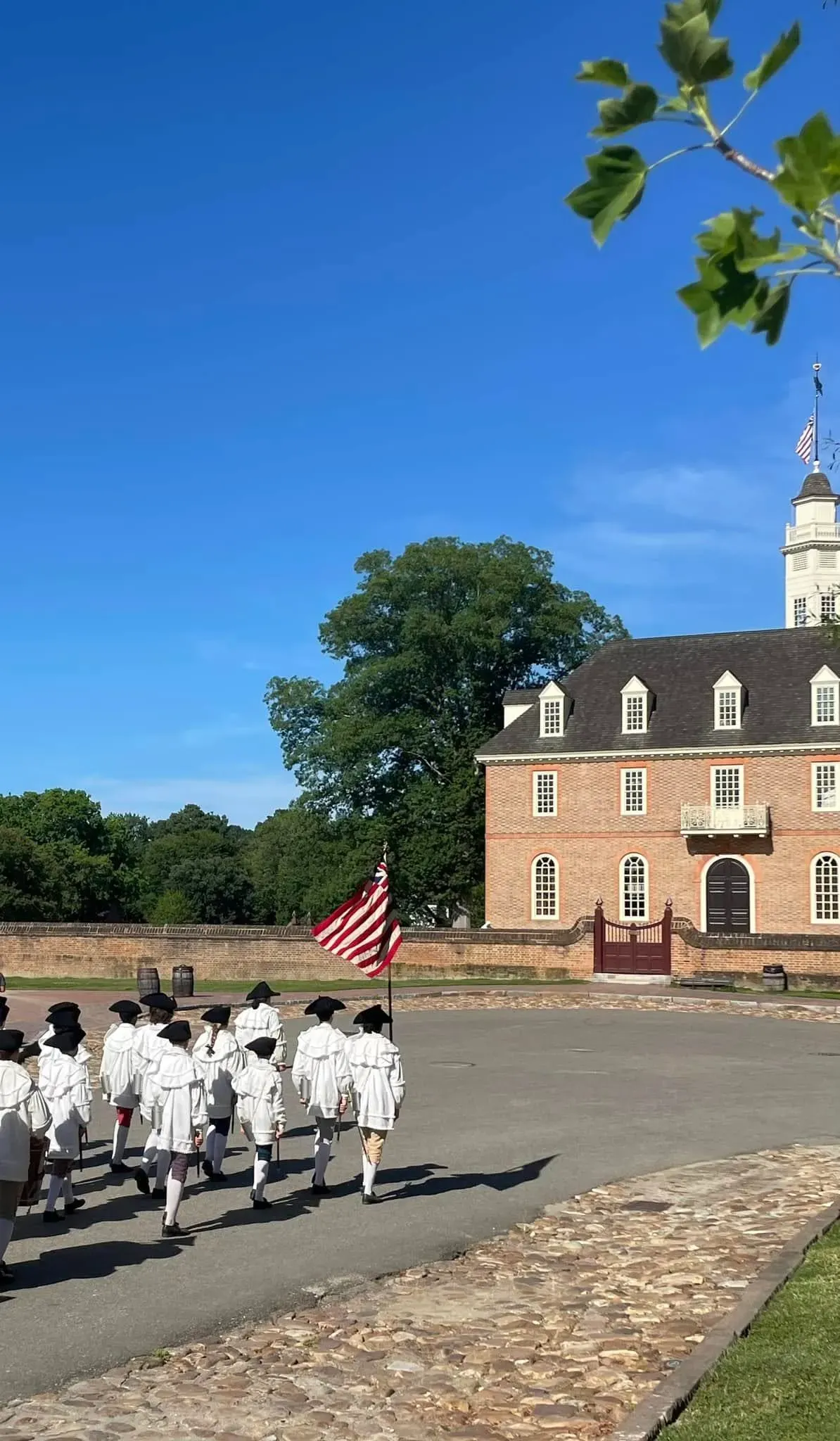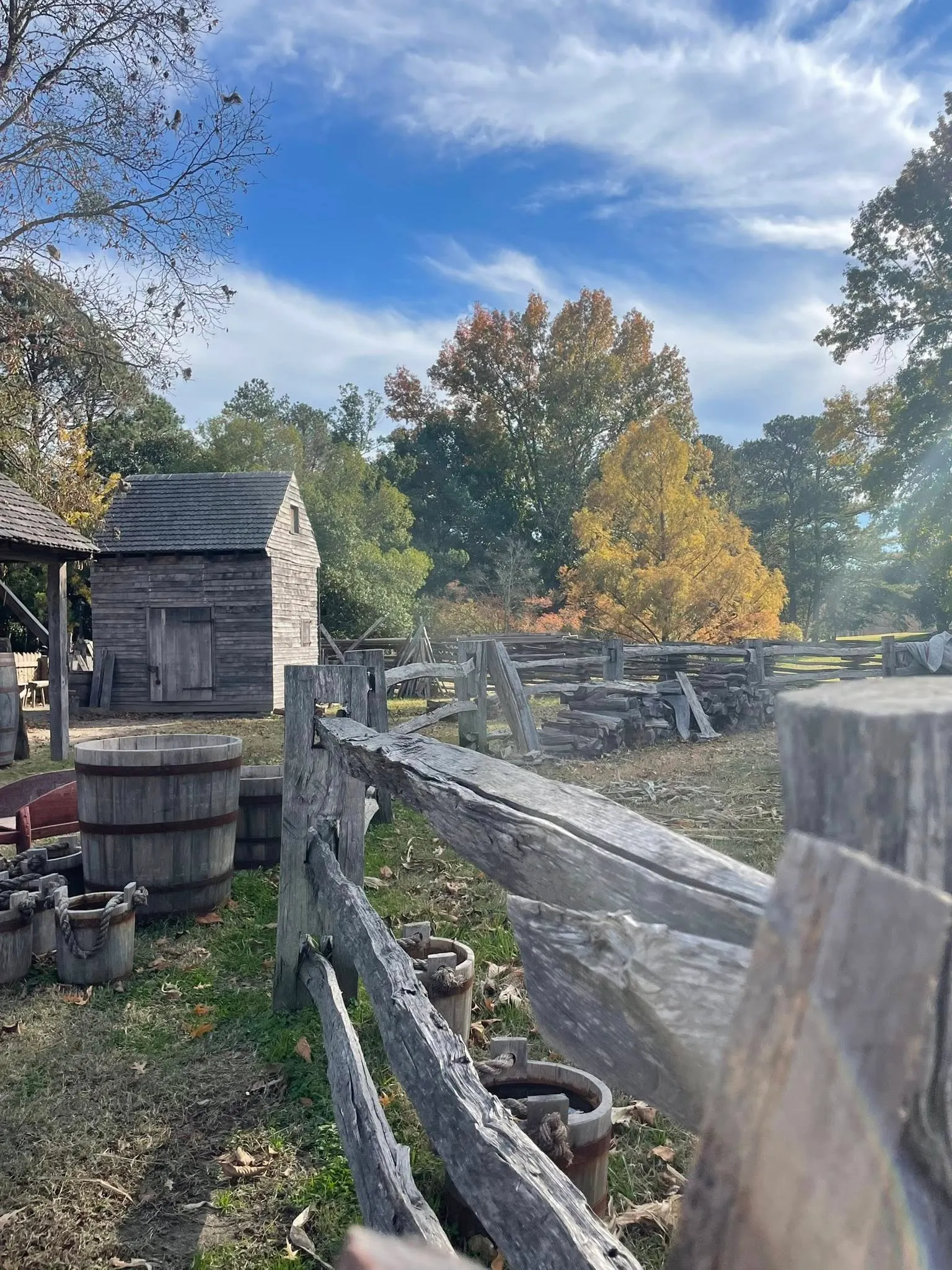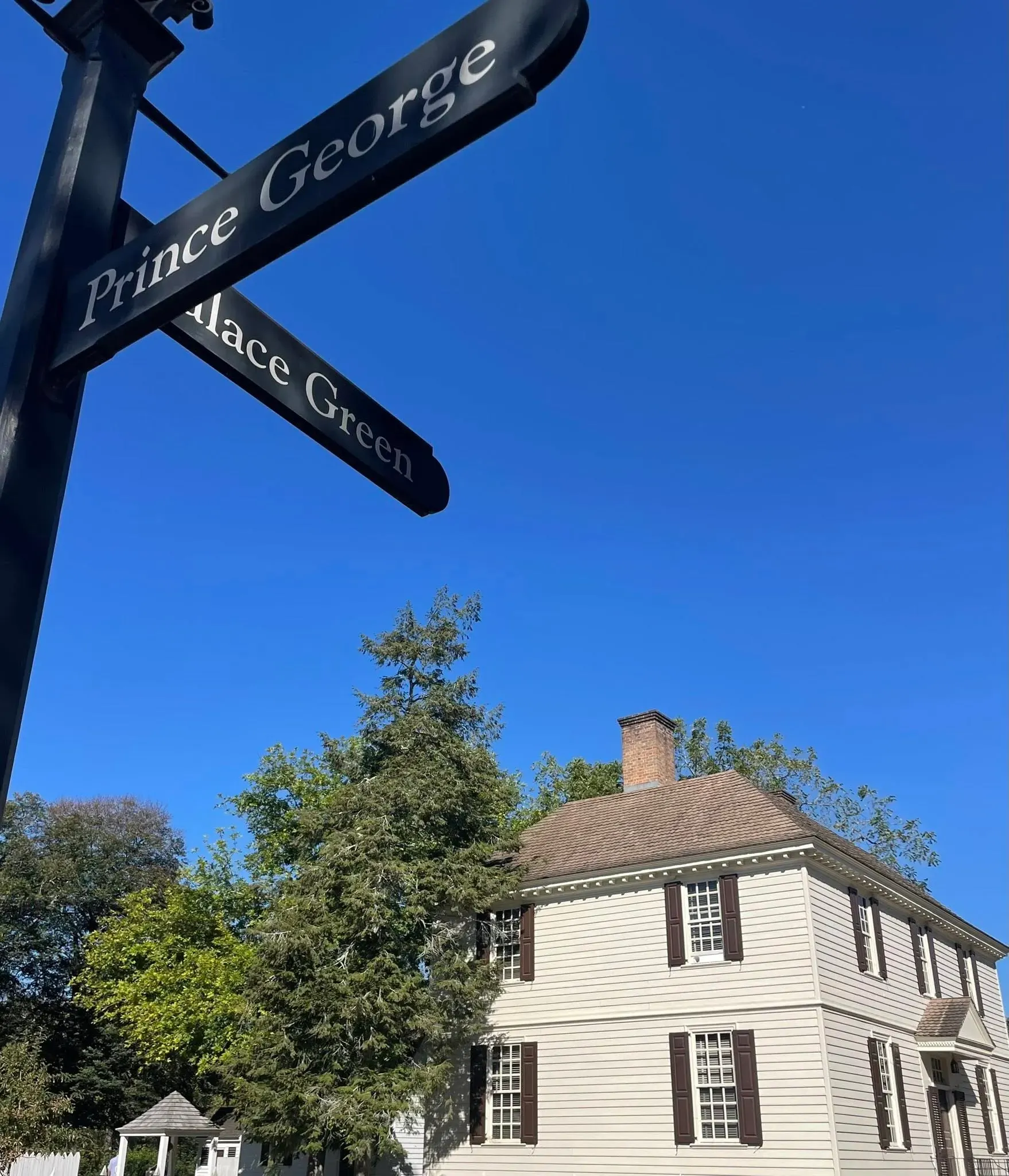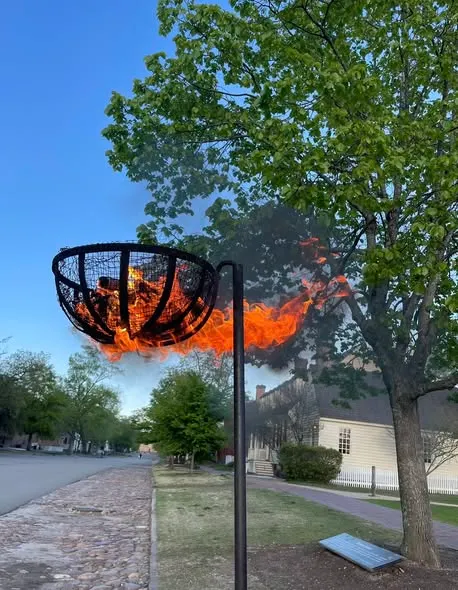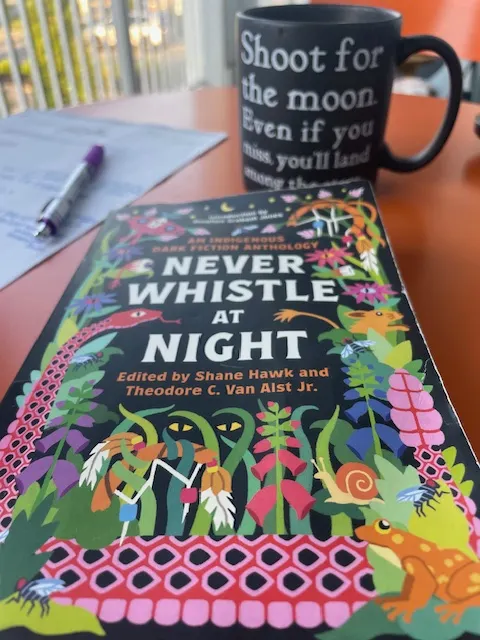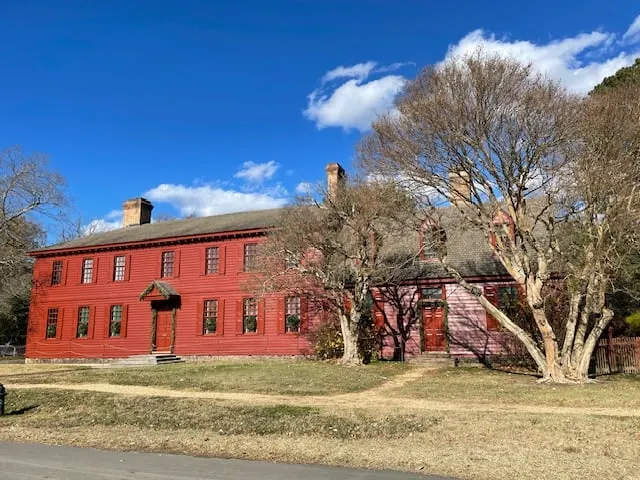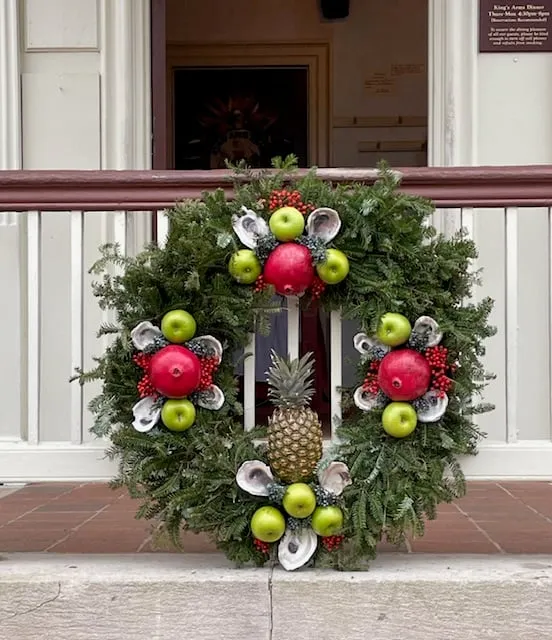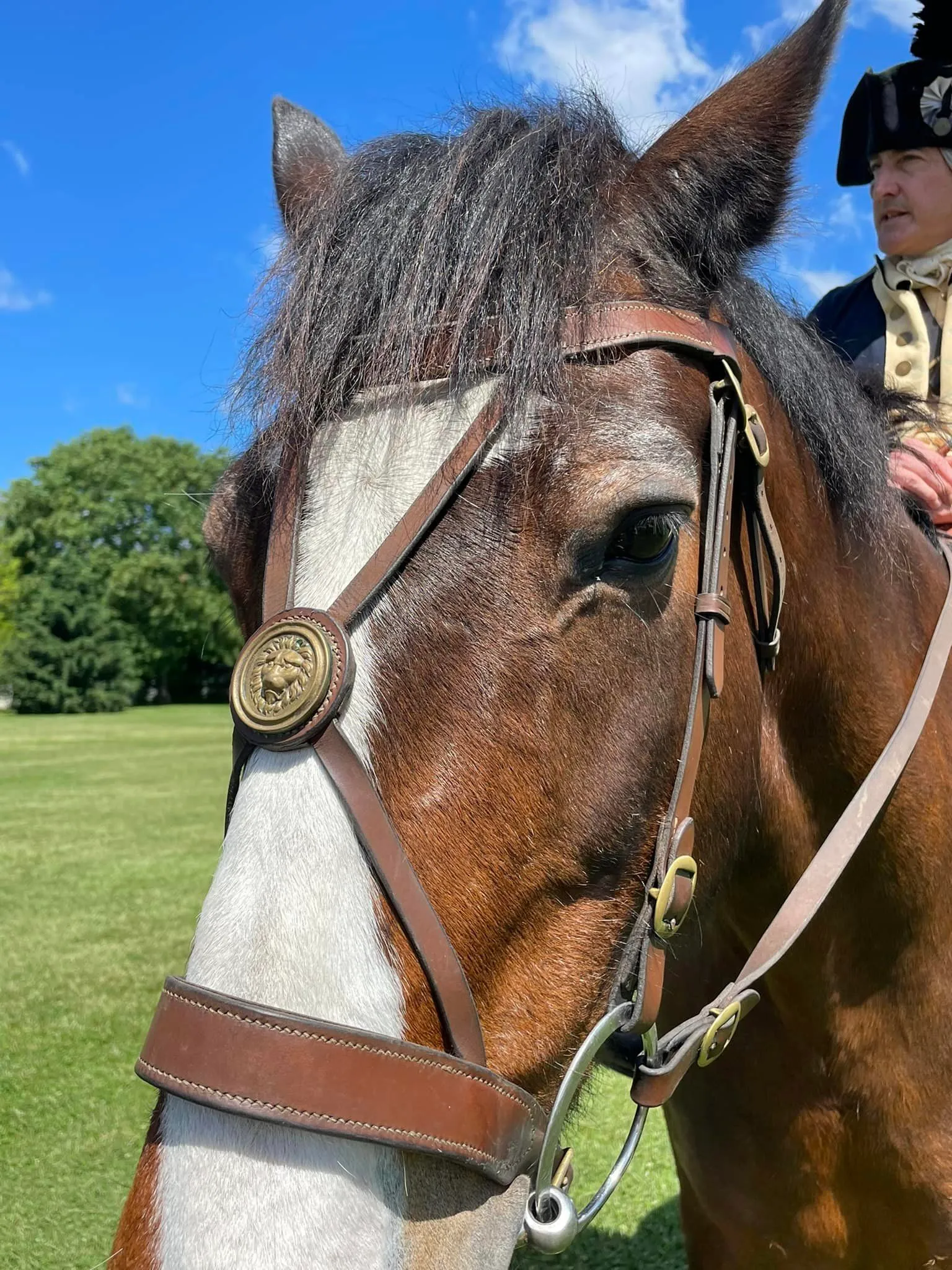The Spy Whose Powerful Decision Helped Get an American Victory at Yorktown: Meeting James Armistead Lafayette
Two years ago, I met James Armistead Lafayette- sort of.
If you've followed along the blog, you know that James Armistead Lafayette is likely a man from history who was brought to life in Colonial Williamsburg (CW) through an actor and historian. It's how I had been introduced to a lot of people associated with the Revolutionary early on as a history blogger.
So yes, I'd heard the name James Lafayette before I "met" him... he's referenced around here in the largest living history museum in the world! Some of y'all may have actually heard about him in your studies of early American history.
But I didn't really know this revolutionary spy until October 9, 2023.
My immediate reaction: I wanted to know even more. More than the fact he took the Marquis de Lafayette's name.
Necessary disclaimer: As a blogger, I use affiliate links sometimes! I may receive commission from purchases I share; it does not change your price but sometimes you might get a discount.
UPDATED October 17, 2025
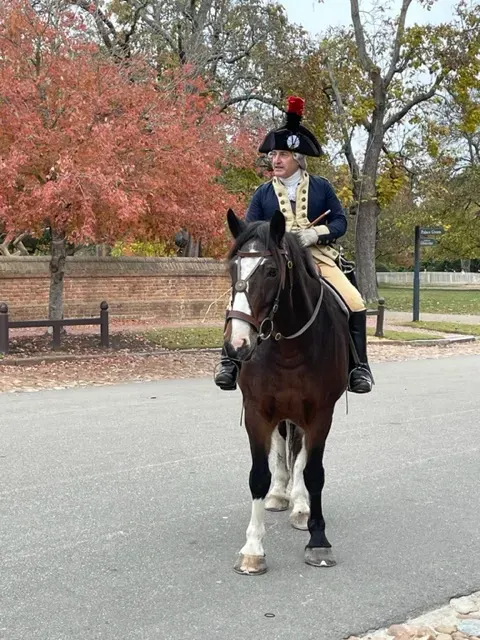
Mark Schneider as Marquis de Lafayette, riding on the public streets of CW.
He was a spy that was so good, the English trusted him to spy on the Americans.
I'm kicking off this paragraph with a bit of a disclaimer: there is not much information in the form of primary sources for James. Much of what I saw on stage, I found out from the performance has been interpretation.
It's possible that what Mr. Stephen Seals, who continues to research and portray James, supposed about James having met the Marquis de Lafayette upon delivering supplies to him is likely. James was owned by William Armistead, who was commissary of the Public Storehouse - and therefore was supplying the troops under the Marquis.
As an enslaved manservant, it would make sense to someone as astute as the Marquis, serving as a major-general under Washington, that James could slip over to the English side, pretending to be a runaway slave in search of freedom.
After all, Lord Dunmore had proclaimed any enslaved person belonging to a Patriot (not a Loyalist of course) could gain their freedom by crossing the battle lines and serving the King.
And what is the idea behind the statement that James was invited by the British to spy on the Americans?
It's noted that James was with the Marquis when Lord Cornwallis arrived at his tent after the battle and Cornwallis uttered words that indicated his realization of James' role supporting the Americans. "James, you've done me a mischief."
RELATED: Read about primary sources by clicking here.
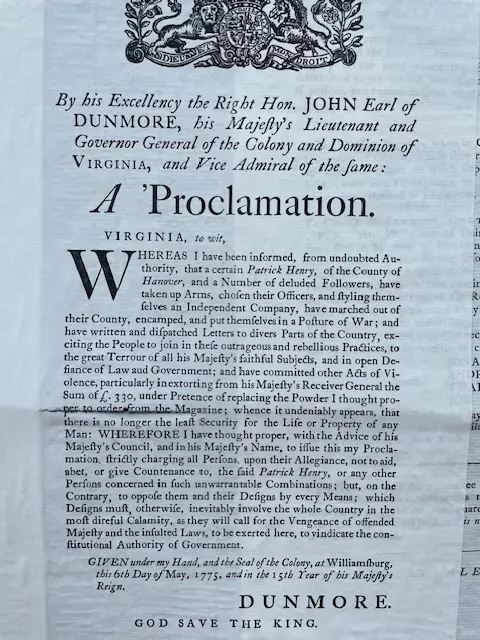
Reprint of Dunmore's Proclamation, posted in CW.
A powerful decision needed to be made, and James chose family.
Let's back it up a minute.
And let's be real, James' choices were limited. He could say "yes" to the Marquis and spy for the Americans, he could say "yes" to the Marquis and never return- trusting the British to give him the freedom he desired, and that's really all. Mr. Seals continues to wow audiences with an examination of the decision.
Who could he trust?
Because we know the outcome, it's clear he chose to trust the Marquis, a Frenchman. Why? Possibly to hold onto the hope that the Americans would reward him with freedom. A choice that, should he live through the experience, would keep him with his wife and children.
And trusting the Marquis, quite possibly, because the Marquis seemed to be treating him with respect.
RELATED: For a deeper dive, click here to go directly to CW's website and read about Mr. Stephen Seals as well as the man he portrays.

Mr. Seals portraying James Lafayette for the public on CW's Palace Green
Conclusion: every day is an example of why the people of history are important to meet.
Knowing Cornwallis' plans, and the efforts of spies during the war, were all important in the Yorktown victory of October 19, 1781. And while it took several years for James to get his freedom, he did it.
How did James gain his freedom? He applied to the Legislature as was his right under the law.
To support his cause, he brought with him a letter from the Marquis. This letter IS one of the few documents, and a primary source of course, that sheds light on James' role during the war.
James' freedom was granted and he was able to purchase his family. According to Mr. Seals' performance, he also purchased land on the river in New Kent, where he was born. (Mr. Seals has mentioned his discussions with descendants, many of which are currently living in Canada.)
This story is one of many millions out there. In my opinion, every person who lived throughout history has a story worth hearing. It's my hope some more documented information on James will someday appear (it happens! there are still trunks in the attics so to speak!)
Truly, whether it's learning about this spy who gained his freedom with support from a Frenchman or what a tutor in the Northern Neck of Virginia experienced on the eve of the Revolutionary War, these stories give us a glimpse into how history is made up of humans, just like us.
Personally, I cannot get enough of everything from everyday life to major decisions that built our country.
If you're planning to visit this area, let me put together a curated travel itinerary that will offer you connect the stories on your visit. Click here to book a call!
And also updated in 2025: if you visit New Kent, you'll see a new memorial marking James' heroic service during the Revolutionary War.

James Lafayette memorial marker, New Kent, Virginia
Closing words from history.
I love sharing tidbits from history- here is a bit of a primary source for y'all.
Words about spies, directly from General Washington in 1781...(excerpt- read in full by clicking here)
From George Washington to Jacob Bayley, 9 June 1781
Head Quarters New Windsor 9th June 1781
Sir
I have recd your favors of the 14th, 24th and 27th of May by Mr Vincent....
You ought to be very careful of those persons who come from the enemy under the appearance of deserters, it is more than probable that some of them are spies.
Are you enjoying the blog? Use my online tip jar and buy me a coffee:
There is a huge practical disclaimer to the content on this blog, which is my way of sharing my excitement and basically journaling online.
1) I am not a historian nor an expert. I will let you know I’m relaying the information as I understand and interpret it. The employees of Colonial Williamsburg base their presentations, work, and responses on historical documents and mainly primary sources.
2) I will update for accuracy as history is constant learning. If you have a question about accuracy, please ask me! I will get the answer from the best source I can find.
3) Photo credit to me, Daphne Reznik, for all photos in this post, unless otherwise credited! All photos are personal photos taken in public access locations or with specific permission.
